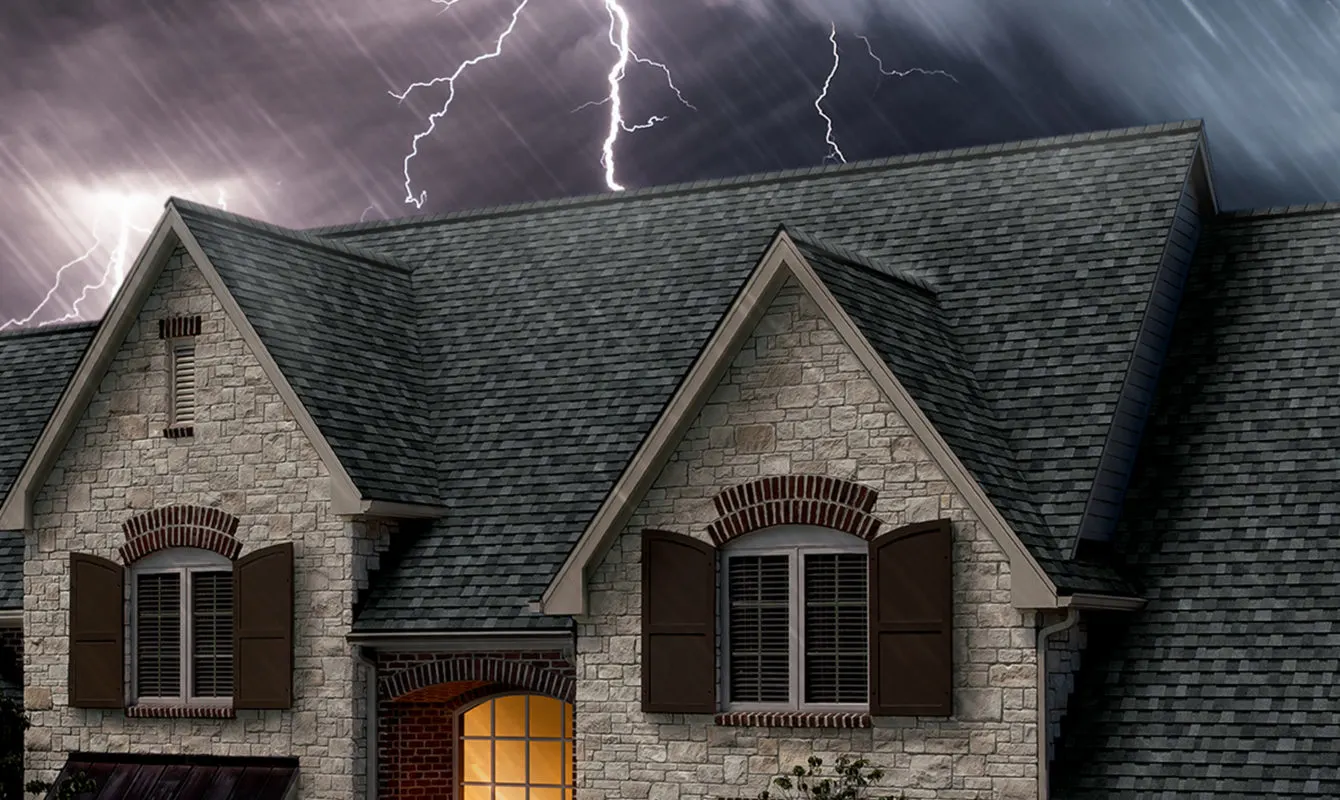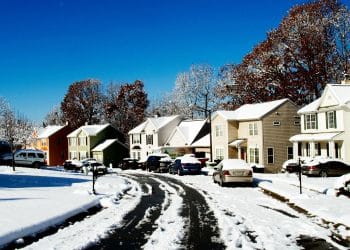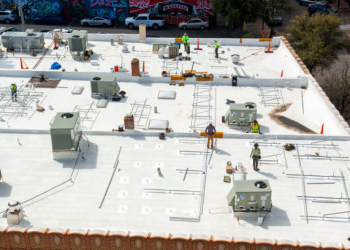Table of Contents
A huge storm moving through your town can cause major damage to homes and property. From power outages to downed trees and flooding, the aftermath of a storm can be overwhelming for homeowners.
Thankfully, there are things you can do to make sure that your house is safe and secure post-storm. In this guide, we’ll give you a comprehensive checklist for assessing the damage on your property and taking steps toward getting things back in order after a big storm. With our help, you’ll know just what needs to be done so you can return to the comfort of your home as soon as possible.
1: Assess the Damage
It’s important first to evaluate and assess any damage that may have occurred during the storm. This will help you better understand what needs to be done and can assist with insurance claims in case of severe damage. Here are some areas to check:
- Roof: Look for missing or damaged shingles, cracks, or leaks. If possible, try to inspect the roof from the ground or use binoculars safely. In some cases, you may need help from professionals. Contact them immediately if you see any serious damage.
- Foundation: Check the foundation of your home for cracks or signs of water pooling
- Gutters and Downspouts: Ensure they are clear of debris and securely attached to the house. Clogged gutters can result in water buildup and potential
- Windows and Doors: Check for cracks, damage, or broken glass. Make sure all doors and windows are secure and able to lock properly.
- Siding: Look for any cracks or damage to the siding of your house. This could indicate structural damage and should be addressed immediately.
- Foundations: Check for any cracks, water damage, or movement in the foundation of your home. If you notice any significant damage, contact a professional for further inspection.
2: Document the Damage
Once you’ve assessed the damage, it’s important to document everything with photos and videos. This will serve as evidence for insurance claims and help contractors understand the extent of the damage. Be sure to take clear, detailed pictures of any affected areas.
3: Make Temporary Repairs
If you notice any minor, easily fixed damages, such as a loose roof shingle or a broken window, make temporary repairs to prevent further damage. However, leave major repairs to professionals.
4: Check for Water Damage
Storms can cause water damage that may not be immediately visible. Check for any signs of water damage in your home, such as discolored walls or ceilings, musty odors, or mold growth. It is common for water to seep into walls and floors, so be thorough with your inspection.
Step 5: Contact Your Insurance Company
If the damage is significant, contact your insurance company as soon as possible. They will guide you through the claim process and provide assistance in covering repair costs.
6: Hire Professional Help
For major repairs or structural damage, it’s best to hire a professional contractor. Make sure to do your research and choose a reputable company with experience in storm damage repairs.
7: Prepare for Future Storms
After you have addressed all the necessary repairs, take steps to prepare for future storms. This may include reinforcing your home’s structure, investing in storm shutters or impact-resistant windows, and creating a disaster preparedness plan for your family.
FAQ
How can I protect my home from the storm?
Protecting your home from a storm starts with ensuring that your home’s structure can withstand harsh weather conditions. You can do this by reinforcing the roof, walls, and doors of your home.
For instance, you could consider using hurricane straps and braces for your roof, installing storm shutters on your windows, and securing doors with deadbolt locks. In terms of landscaping, trim trees and shrubs around your property to minimize the risk of broken branches that could potentially damage your home.
Can clogged gutters be an issue when there’s a storm?
It is important to keep your gutters clean to ensure proper drainage and prevent water damage. You could also consider installing a sump pump if your home is prone to flooding. Also, remember to review and understand your homeowner’s insurance policy, so you know what is covered in the event of a storm. You may want to consider purchasing additional coverage for flooding or other damages not covered by your standard policy.
What is the most common storm damage?
The most common types of storm damage include wind damage, falling tree damage, and water damage. Wind can cause roof shingles to come loose or be completely torn off, and can also lead to broken windows.
Falling trees or branches can cause significant structural damage to your home. Water damage resulting from heavy rainfall or flooding can have severe effects on the interior and foundation of your home.
Final Thoughts
With this checklist, you’ll be well-equipped to handle the aftermath of a storm. Remember to stay safe and seek professional help if needed. And most importantly, never underestimate the power of Mother Nature – always take necessary precautions to protect yourself and your home. Also, be sure to check in with your neighbors and community – storms can bring people together, and supporting each other during difficult times is important.








